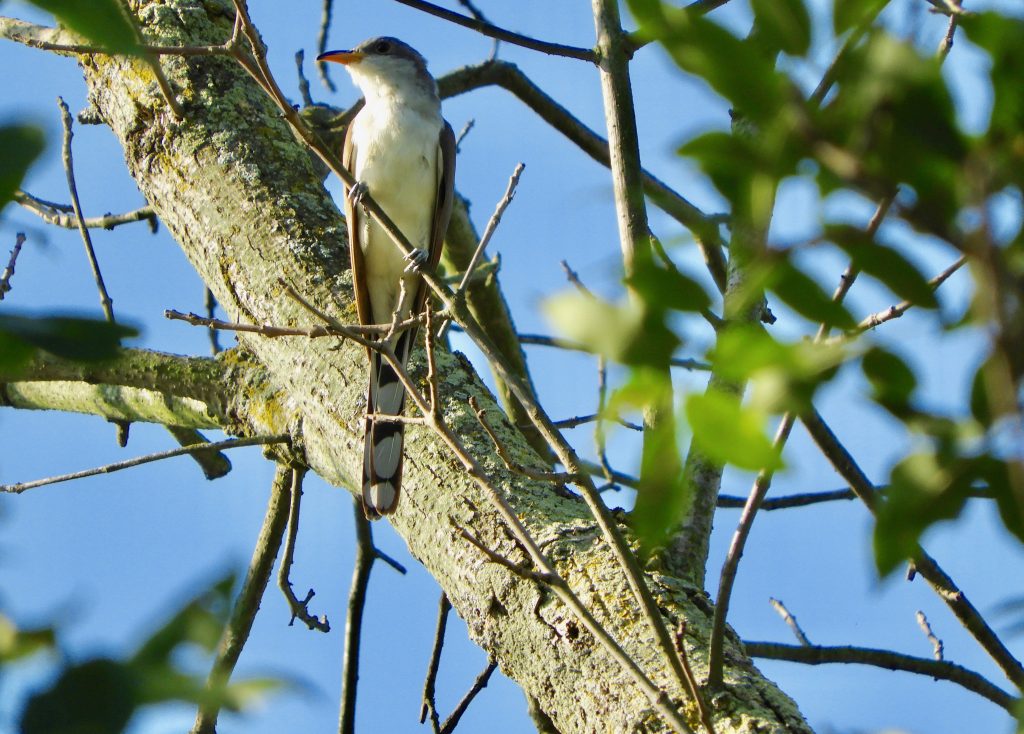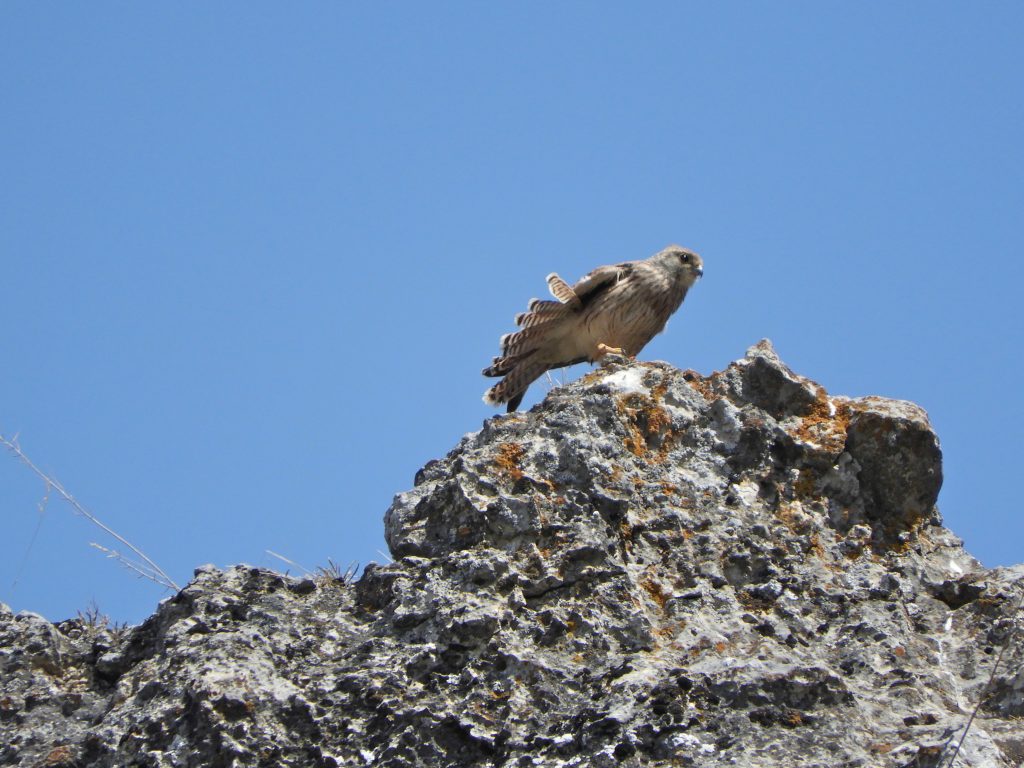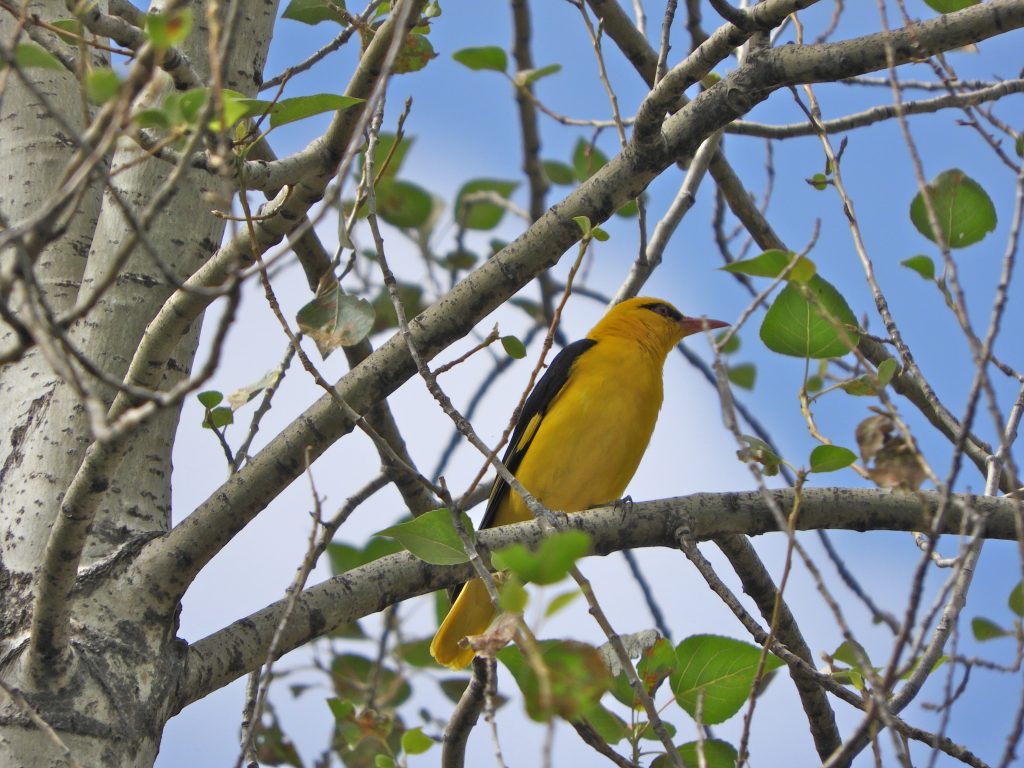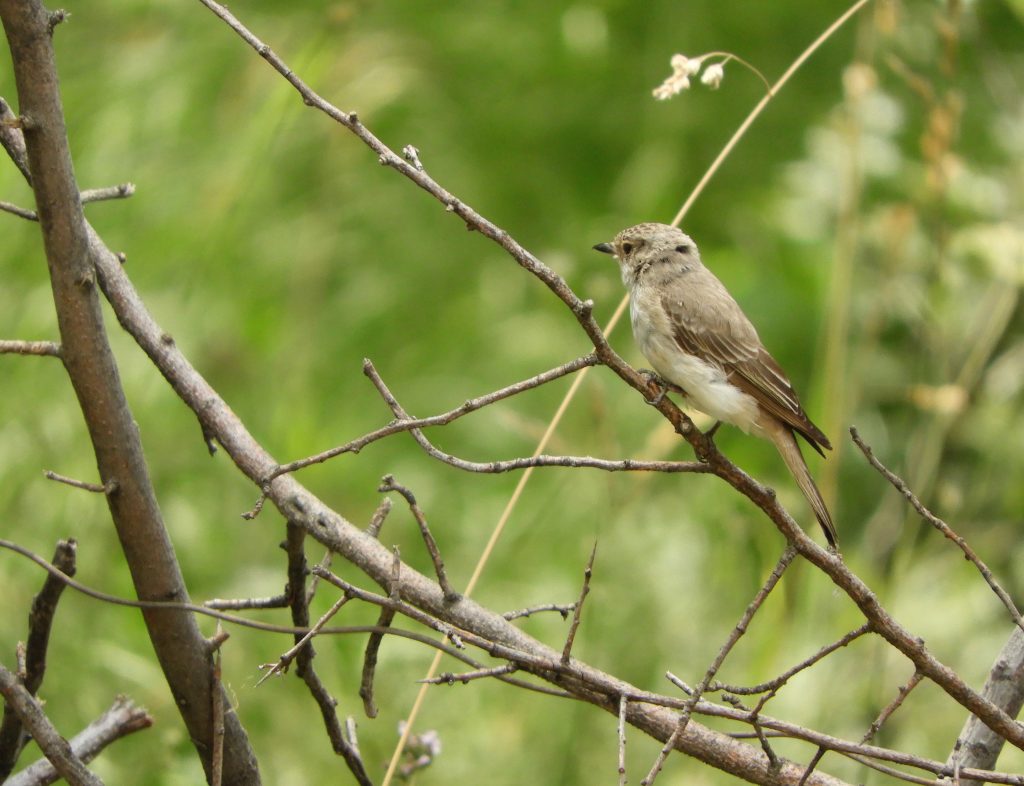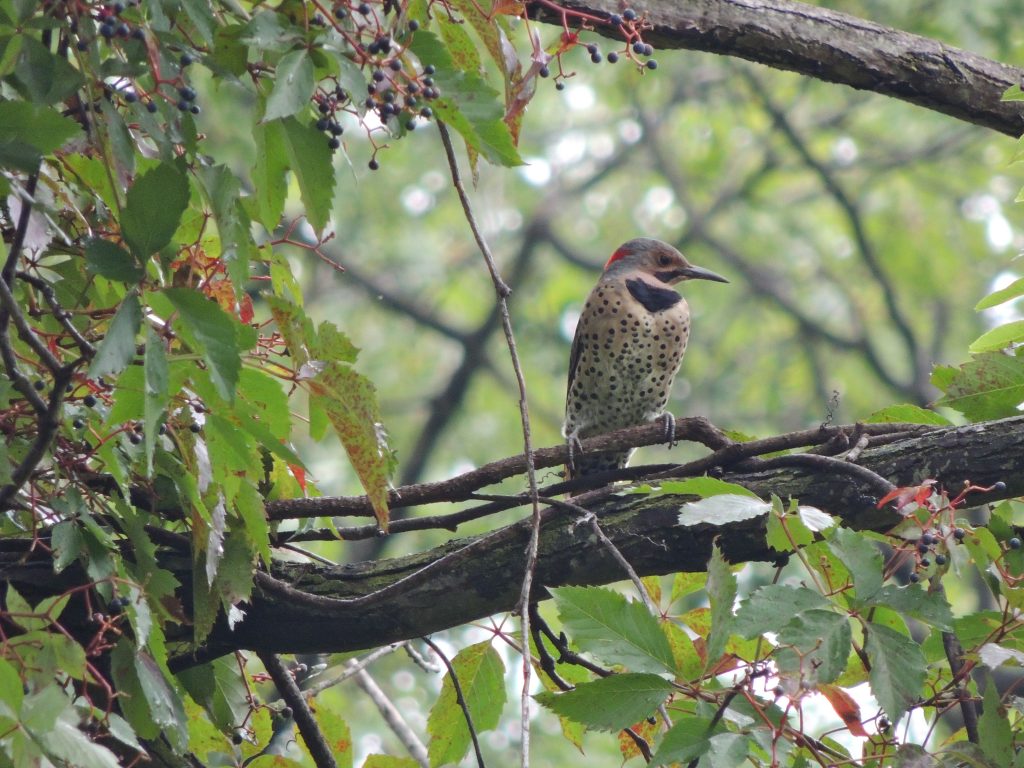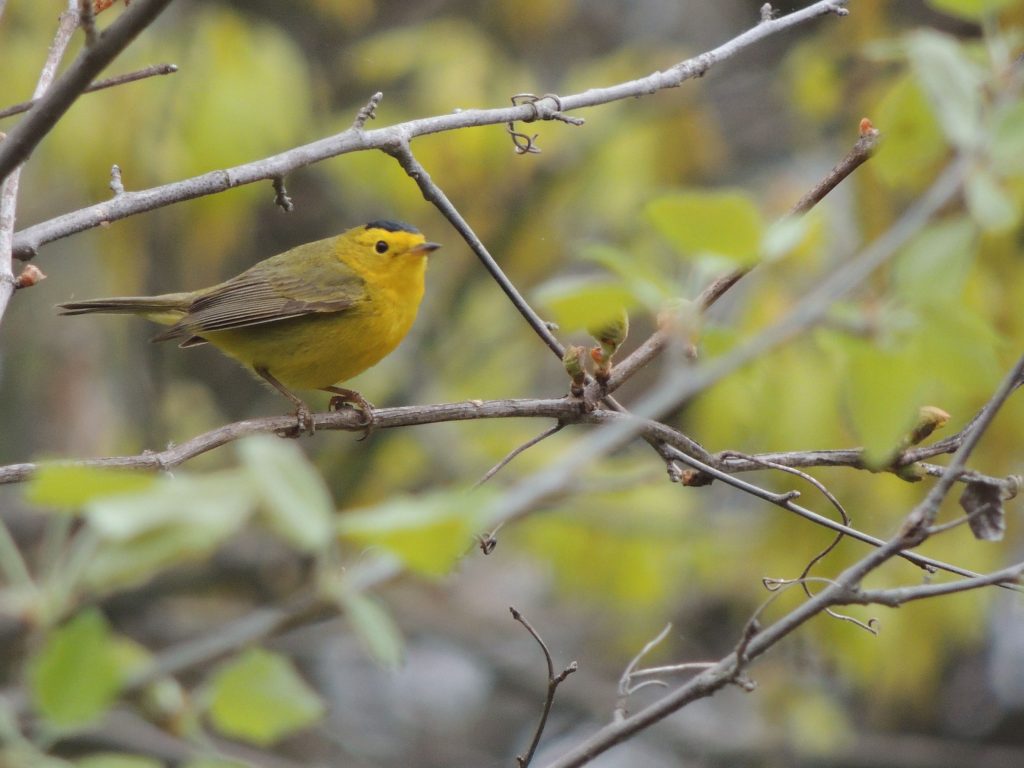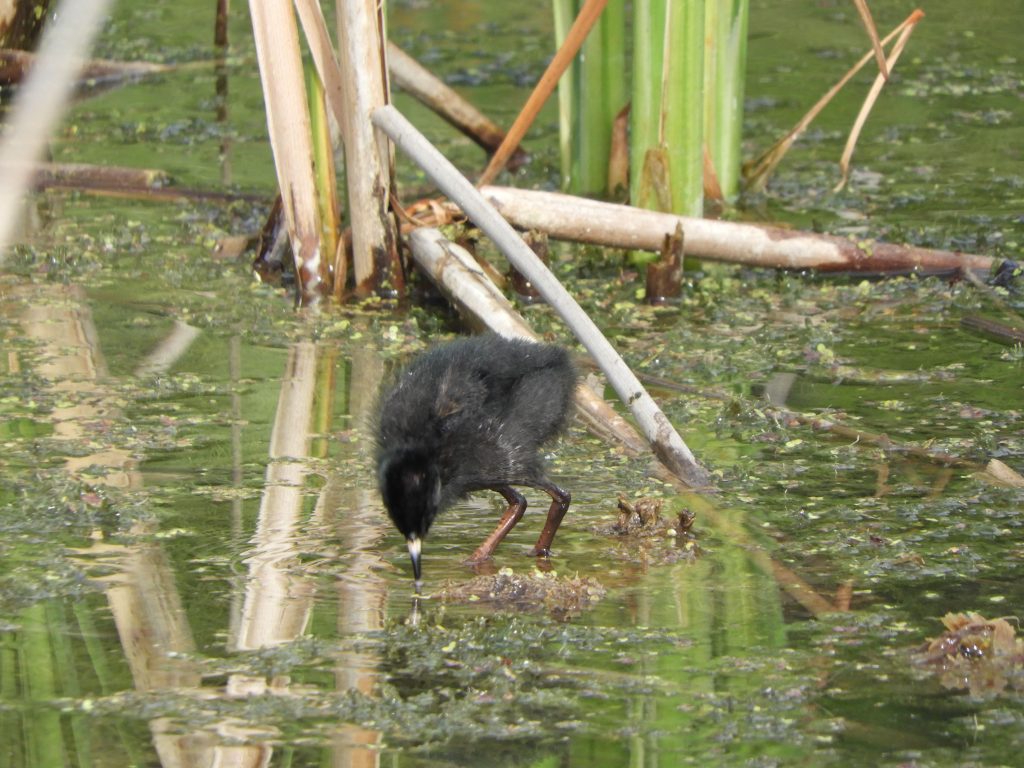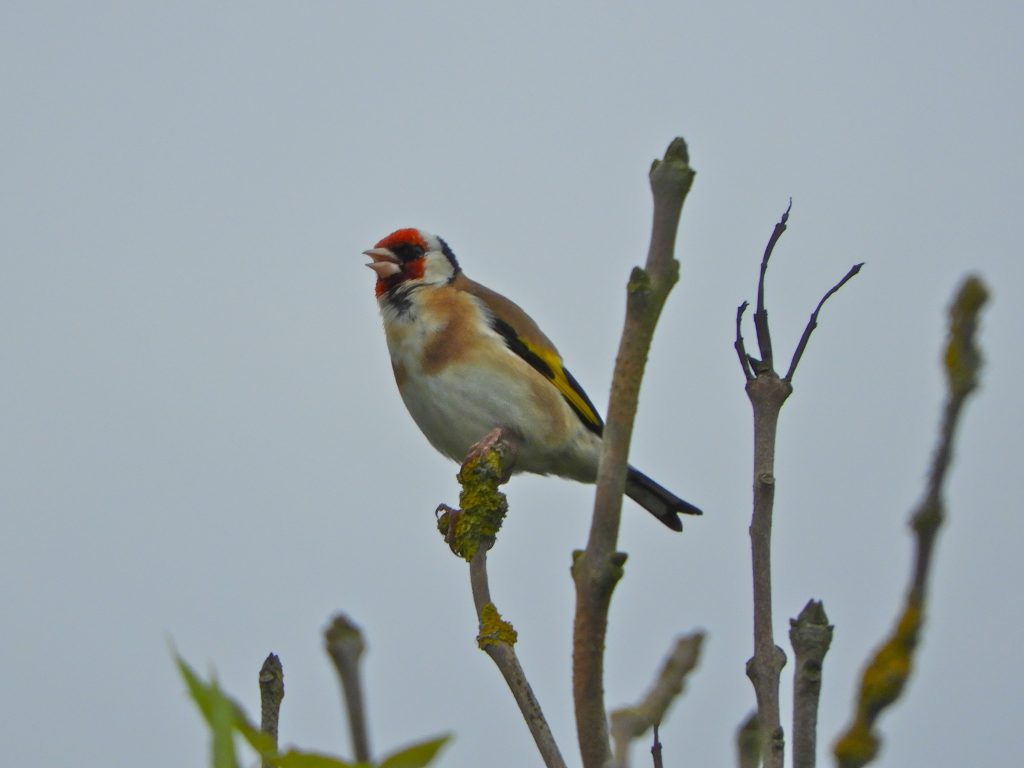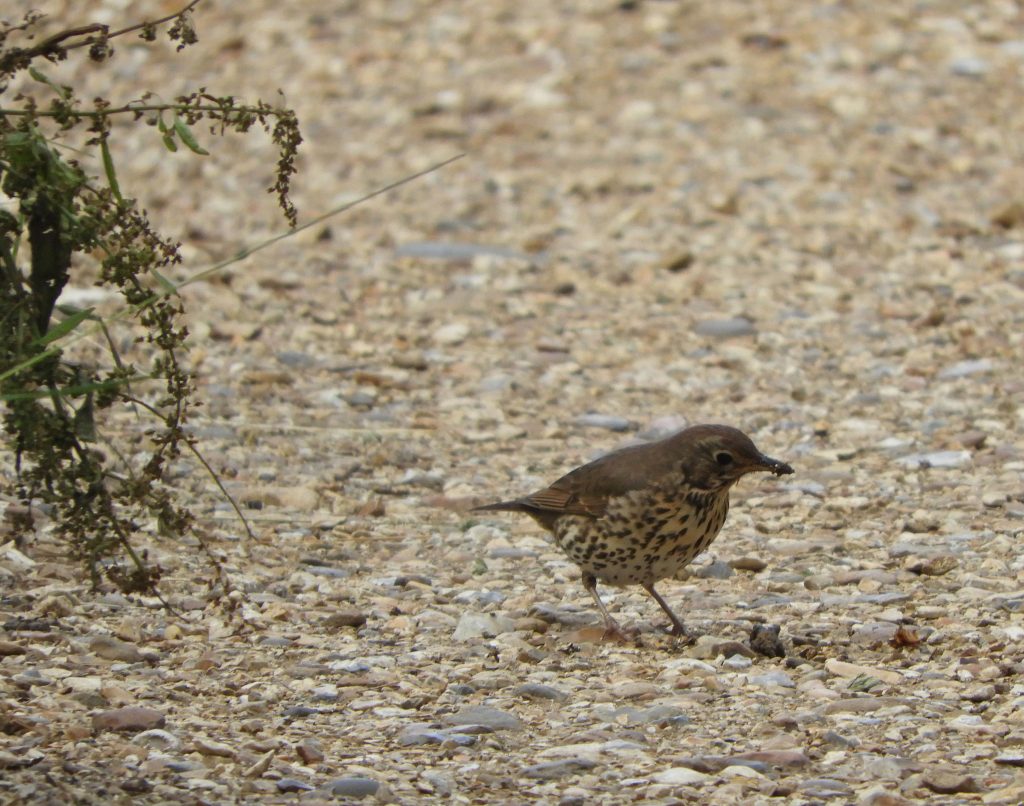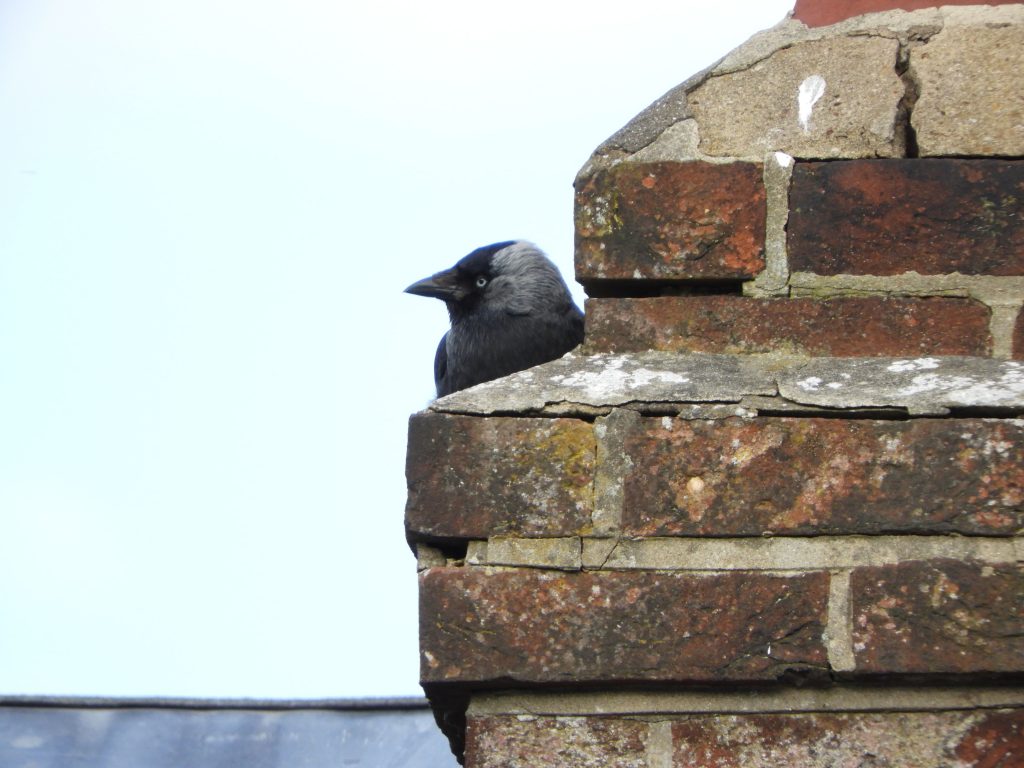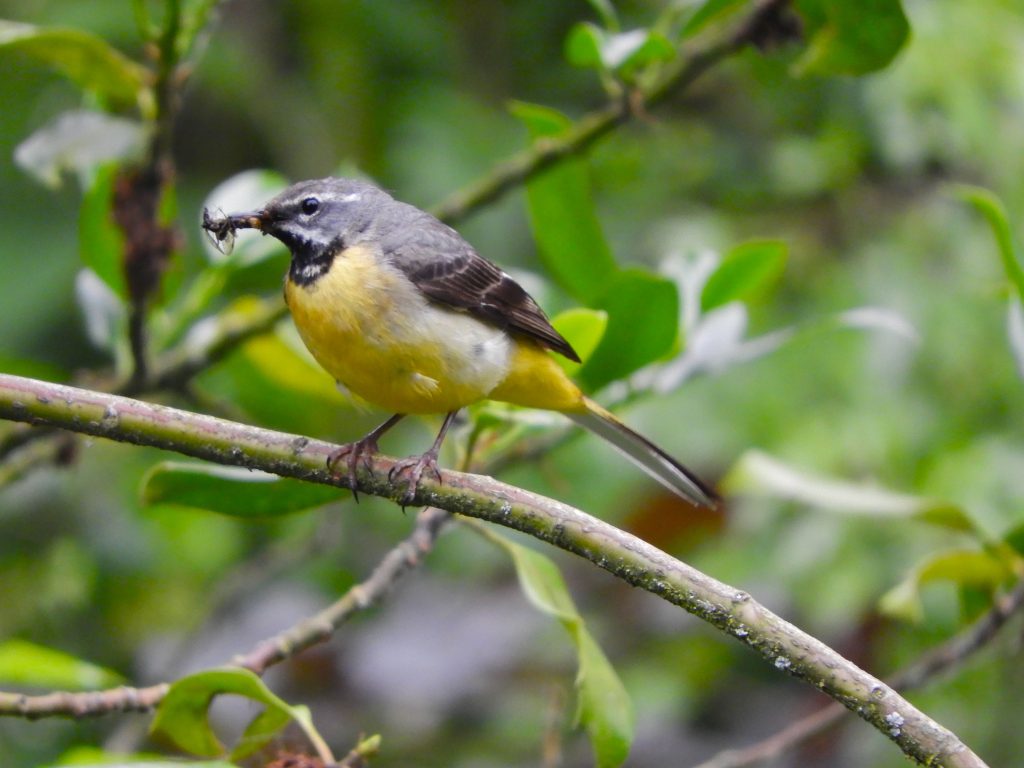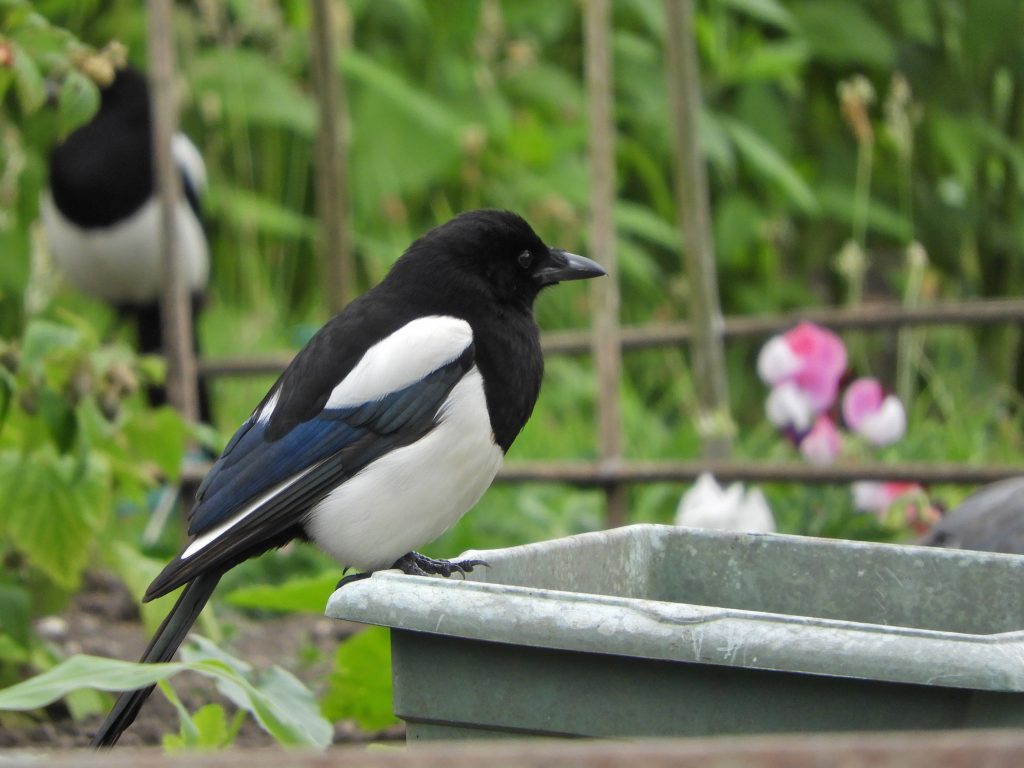September 15 2018 Hendrie Valley, RBG, Burlington, ON. In my rather cryptic covering notes to other birders commenting on today’s observations in the valley I wrote, “Slowish this morning. No birds at all until I got to the old root tip-up at the bottom. Then first surprise a White-throated Sparrow! I think the Warbling Vireos have departed, none heard today. Still Red–eyed and Philadelphia Vireos still around.
Many Rose–breasted Grosbeaks, and Northern Flickers. Swainsons’ Thrush welcome. Yellow–billed Cuckoo and a Black–throated Blue Warbler good sightings.”
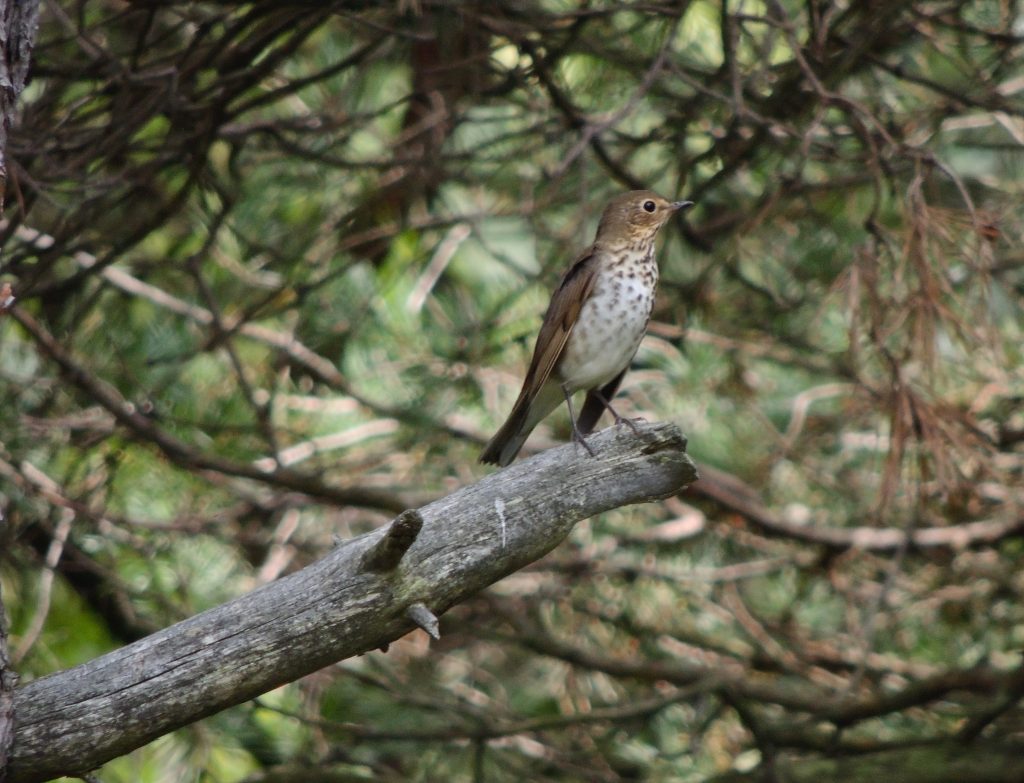
And that’s September birding for you. There are some lovely birds in that brief comment and when I look back over my notes for the morning I’m reminded that we also saw two pretty Magnolia Warblers, a female Indigo Bunting which at any time is possibly the most undistinguished and drab brown bird anywhere, and a very vocal Great Blue Heron.
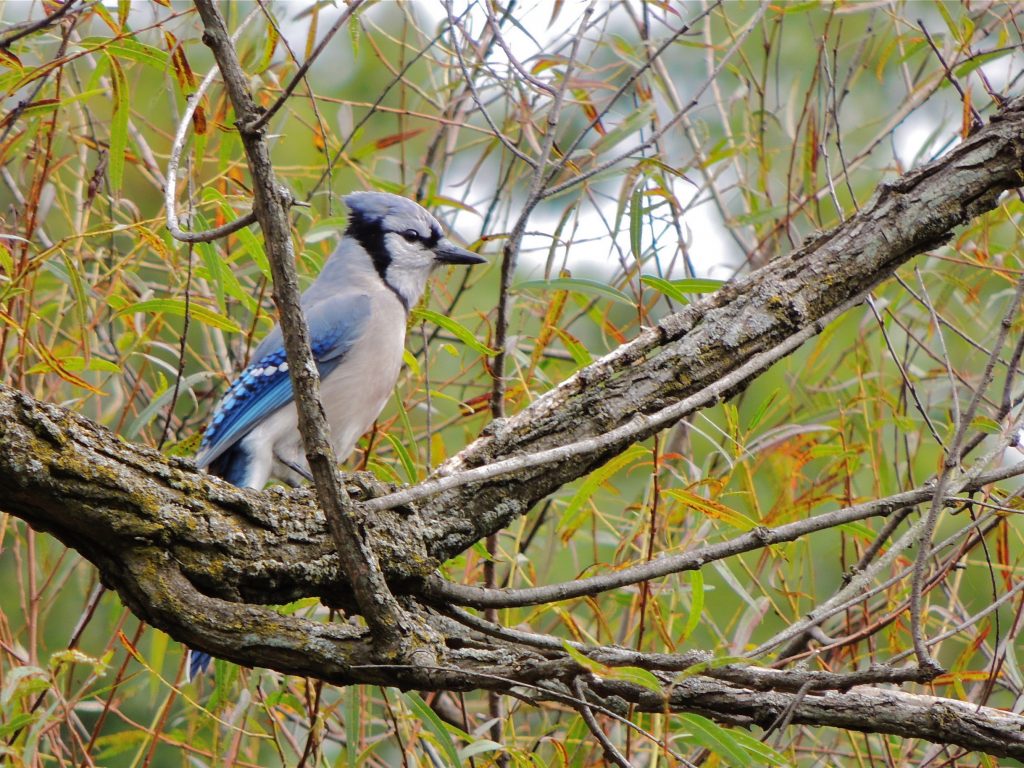
But the bird that made me think Wow! and therefore My Bird of the Day was the Yellow–billed Cuckoo. That morning there were many Blue Jays making their way along the valley and the sight of another mid-sized bird gliding from one tree to another was so averagely jay-like that my thought process went something like this, “Hmm another jay – bit slender – could almost be a cuckoo – better take a look. Wow It IS a cuckoo! Double check, chestnut on the wings? –Yes! A Yellow-billed Cuckoo. Nice.” All of that in the time it takes a bird to land in a tree and fold its wings. I smiled to myself then because for Lyn, my birding companion of last May, Yellow-billed Cuckoo was a nemesis bird. And it was while we birded a rather average corner of woodland that she finally ticked it off as a lifer. And it was seen well enough to dance a little jig. I was sure that when she read today’s brief note (above) it would at least make her smile.
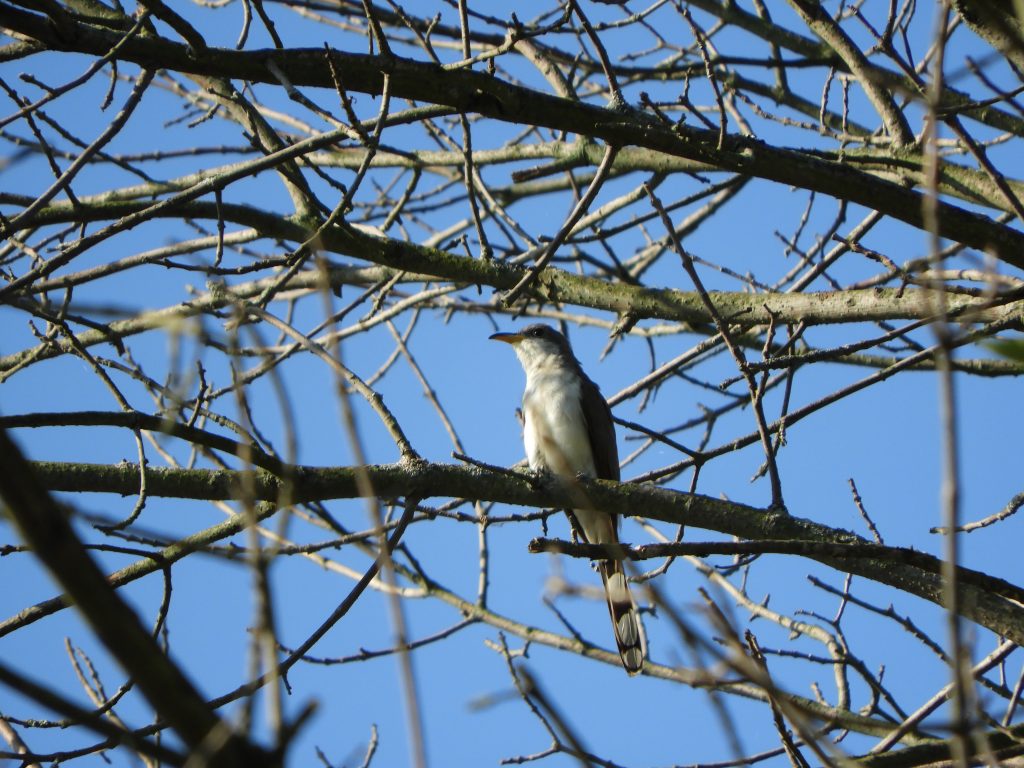
Cuckoos tend to be on the slow and deliberate side as they move around in a tree and when you have a clear view you can usually get a long one. Long enough this morning for some decent photos. Here are a couple – for the Lyns in the birder world.
